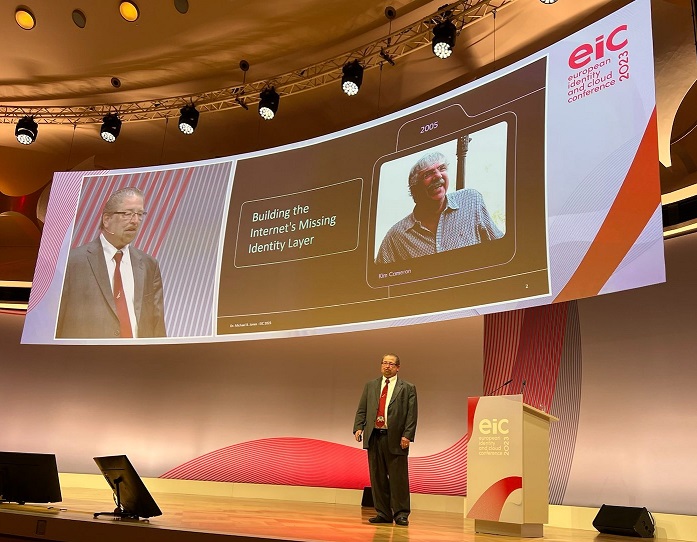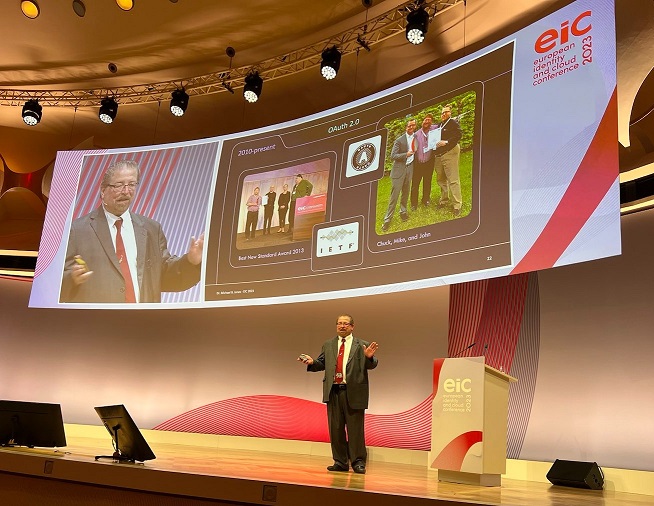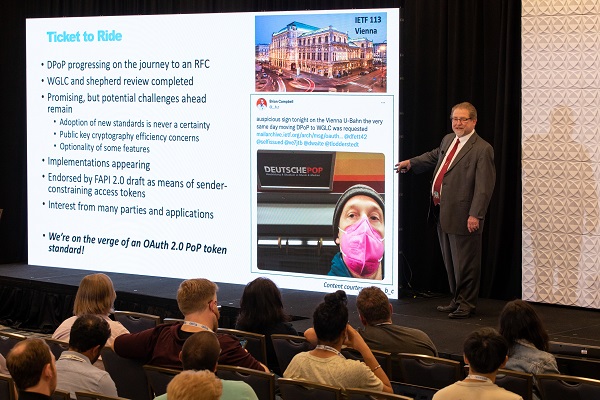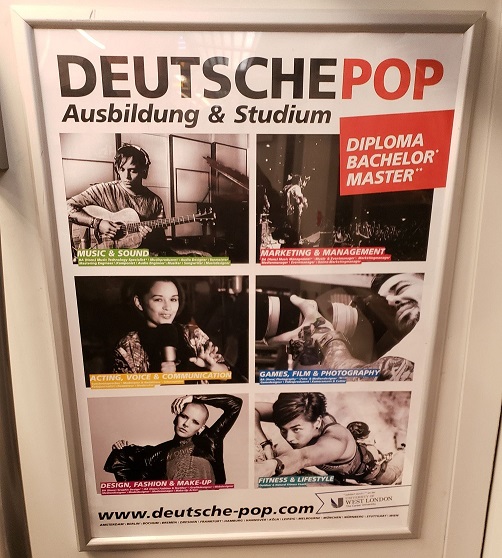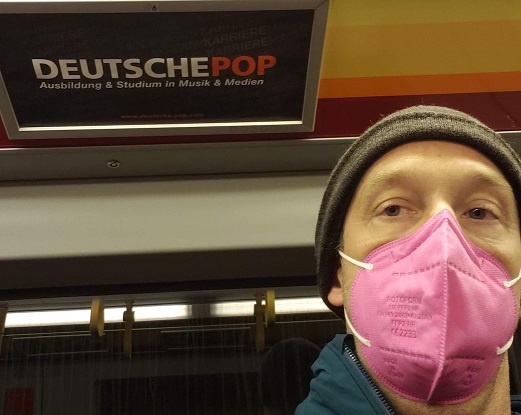 I organized unconference sessions on Wednesday and Thursday at the 2023 OAuth Security Workshop on “What does Presentation Exchange do and what parts of it do we actually need?”. I facilitated primarily by creating an inventory features for discussion in advance, which you’ll find on slide 3. Notes from Wednesday’s session are on slide 4. Thursday we discussed functionality needed and not needed for presenting Verifiable Credentials (with the feature realizations not necessarily tied to Presentation Exchange), which you can find on slide 5. Notes from Thursday’s discussion are on the final two pages.
I organized unconference sessions on Wednesday and Thursday at the 2023 OAuth Security Workshop on “What does Presentation Exchange do and what parts of it do we actually need?”. I facilitated primarily by creating an inventory features for discussion in advance, which you’ll find on slide 3. Notes from Wednesday’s session are on slide 4. Thursday we discussed functionality needed and not needed for presenting Verifiable Credentials (with the feature realizations not necessarily tied to Presentation Exchange), which you can find on slide 5. Notes from Thursday’s discussion are on the final two pages.
Thanks to everyone who participated for a great discussion. I think we all learned things!
The slides used as an interactive notepad during our discussions are available as PowerPoint and PDF.

 In collaboration with
In collaboration with 

